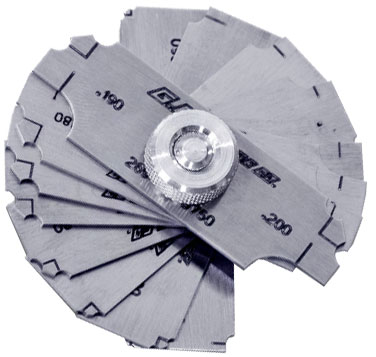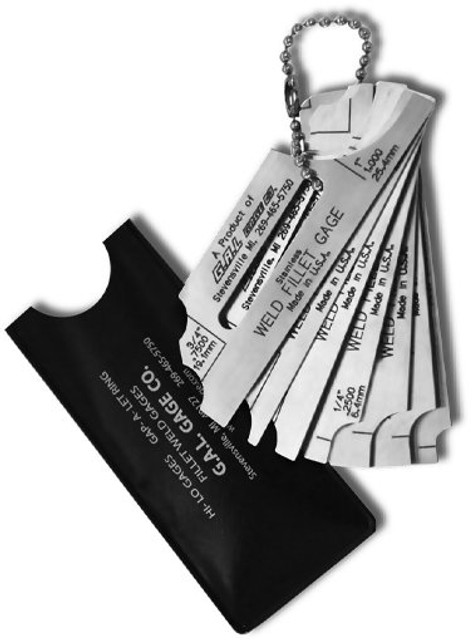Fillet Weld Style Methods: Enhancing Joint Performance and Aesthetics for Structural Honesty
In the world of architectural design and construction, the relevance of fillet weld layout strategies can not be overemphasized. By meticulously thinking about variables such as weld profile optimization, product choice, joint preparation methods, welding procedure performance, and visual enhancement designers, producers and techniques can achieve a harmonious balance between functionality and look in their bonded frameworks.
Weld Profile Optimization


Achieving an optimal weld profile involves a thorough factor to consider of variables such as product density, joint setup, welding setting, and wanted welding rate. In addition, the choice of proper welding criteria, such as voltage, present, and take a trip speed, is essential in controlling the shape and dimensions of the fillet weld. Making use of advanced welding strategies, such as pulse welding or robotic welding, can even more improve the weld profile to satisfy particular design needs and quality criteria.
Fundamentally, weld account optimization is a basic facet of fillet weld style that directly influences the general performance and dependability of welded joints in architectural applications.
Material Option Considerations
When thinking about material choice for fillet weld style, the compatibility of the base steels is a critical aspect affecting the architectural stability of the joint. It is vital to select products that not only bonded with each other effectively but additionally have comparable mechanical residential or commercial properties to ensure the lots is equally dispersed between the base and the weld metals. Welding products with significantly various buildings can lead to problems such as stress and anxiety focus, early joint failure, or breaking.
Additionally, the setting in which the bonded structure will operate should be thought about when selecting materials. Elements like rust resistance, temperature changes, and direct exposure to chemicals can all influence the long life and efficiency of the weld joint. By selecting products that appropriate for the desired application and atmosphere, the overall durability and dependability of the bonded joint can be dramatically enhanced.
Therefore, complete factor to consider of product compatibility and environmental factors is critical in guaranteeing the weld joint's strength, resilience, and total architectural honesty.

Joint Preparation Methods
Considering the essential duty product selection plays in ensuring the architectural integrity of fillet weld joints, it is vital to apply exact joint prep work methods that optimize the link in between the base steels. Joint preparation is a vital action that directly affects the high quality and toughness of the weld.
In addition, tack welding the elements in location before the final weld aids keep placement and reduces distortion throughout the welding procedure. By meticulously complying with these joint preparation strategies, welders can improve the general performance and aesthetic appeals of fillet weld joints while making sure structural soundness.
Welding Refine Efficiency
Reliable welding processes are essential for achieving optimal performance and quality in fillet weld construction. Procedures her latest blog like gas steel arc welding (GMAW) and flux-cored arc welding (FCAW) are typically used for fillet welds due to their versatility and speed.
Additionally, making sure proper devices arrangement and maintenance is important for reliable welding. Routine calibration check here of welding makers, examination of consumables, and maintenance of welding lanterns can stop downtime and remodel, eventually conserving time and sources. Additionally, employing knowledgeable welders with competence in the specific welding procedure being made use of can considerably impact performance. Trained welders are a lot more adept at changing specifications, troubleshooting concerns, and maintaining consistent weld high quality.
Visual Improvement Techniques
To optimize the top quality of fillet weld manufacture, executing aesthetic enhancement methods can play an important role in ensuring precision and accuracy throughout the welding procedure. Aesthetic help such as weld size evaluates and amplifying lenses can aid in evaluating weld profiles and dimensions properly. By incorporating these visual improvement methods right into the welding procedure, welders can achieve not just structurally sound fillet welds however additionally visually appealing results that meet industry requirements.

Conclusion
Finally, enhancing fillet weld layout entails mindful factor to consider of weld profile, product option, joint prep work, welding procedure performance, and visual improvement methods. By applying these methods, structural integrity can be boosted while also achieving visual allure. It is essential to prioritize both efficiency and aesthetic appeals in fillet weld layout to make certain the total high quality and toughness of the joint.
By meticulously taking into consideration variables such as weld profile optimization, material choice, joint preparation strategies, welding procedure performance, and visual enhancement methods, engineers and fabricators can Clicking Here attain an unified balance in between functionality and look in their bonded structures.In the realm of fillet weld style, optimizing the weld profile plays a critical duty in making sure structural stability and efficiency. The weld profile, which includes the dimension and form of the weld cross-section, directly affects the circulation of tension and load-bearing capability within the joint. It is crucial to select materials that not only bonded with each other effectively however also possess comparable mechanical residential properties to make certain the tons is uniformly dispersed between the base and the weld metals - Gauge Fillet Weld.In conclusion, enhancing fillet weld design includes careful consideration of weld profile, material selection, joint prep work, welding process efficiency, and aesthetic enhancement approaches